Quantum voice processing represents the next frontier in audio technology innovation. This groundbreaking approach leverages quantum computing principles to enhance voice recognition systems. Traditional voice processing methods face significant speed limitations. Quantum algorithms can process multiple voice patterns simultaneously. The technology promises unprecedented accuracy and response times.
Table of Contents
Understanding Quantum Voice Processing Technology
Quantum voice processing utilizes quantum bits to analyze speech patterns. These qubits can exist in multiple states simultaneously. Classical computers process voice data sequentially. Quantum systems evaluate all possible voice interpretations at once. This parallel processing capability dramatically reduces computation time.
The technology applies quantum superposition to voice analysis. Multiple voice recognition algorithms run concurrently. Each algorithm explores different interpretation possibilities. The system identifies the most probable voice pattern. This approach eliminates traditional processing bottlenecks.
Quantum Computing Principles in Voice Analysis
Quantum entanglement connects voice processing elements instantaneously. Changes in one voice pattern affect related patterns immediately. This creates a unified understanding of speech context. The system maintains coherence across complex voice inputs. Quantum interference helps filter out background noise naturally.
Quantum gates manipulate voice data through specialized operations. These gates perform complex mathematical transformations rapidly. Voice frequencies get processed through quantum circuits. The system can handle multiple languages simultaneously. Quantum algorithms adapt to individual speaking patterns automatically.
The Science Behind Quantum Audio Processing
Quantum voice processing transforms audio waves into quantum states. Each voice characteristic becomes a quantum variable. The system maps vocal patterns to quantum probability distributions. These distributions represent all possible voice interpretations. Quantum measurements collapse these possibilities into specific outputs.
Machine learning algorithms train on quantum voice datasets. The training process utilizes quantum neural networks. These networks learn voice patterns exponentially faster. Quantum voice processing can identify subtle vocal nuances. The technology recognizes emotions and speaker intentions accurately.
Advantages of Quantum Voice Processing Systems
Speed represents the primary advantage of quantum voice processing. Traditional systems require milliseconds for voice recognition. Quantum systems process voice inputs in microseconds. This ultra-fast response enables real-time conversation applications. Users experience instantaneous voice command responses.
Accuracy improvements come from quantum parallel processing capabilities. The system evaluates multiple voice interpretations simultaneously. This reduces misinterpretation rates significantly. Quantum voice processing handles accents and dialects better. The technology adapts to individual speech patterns dynamically.
Scalability and Performance Benefits
Quantum voice processing scales exponentially with system size. Additional qubits multiply processing capabilities dramatically. Classical systems scale linearly with hardware additions. Quantum advantage grows with problem complexity. Large-scale voice processing becomes economically viable.
Energy efficiency improves through quantum processing methods. The technology requires fewer computational resources overall. Quantum algorithms solve voice problems more efficiently. This reduces power consumption in voice processing applications. Environmental impact decreases while performance increases.
Multi-Language Processing Capabilities
Quantum voice processing handles multiple languages simultaneously. The system doesn’t require separate language models. Universal voice patterns emerge through quantum analysis. Translation happens instantaneously during voice processing. This enables seamless multilingual communication experiences.
Regional accents and dialects get processed accurately. Quantum systems recognize cultural speech variations naturally. The technology adapts to local pronunciation patterns. Voice processing quality remains consistent across regions. This democratizes voice technology access globally.
Current Applications of Quantum Voice Processing
Virtual assistants benefit tremendously from quantum voice processing. Response times drop to nearly instantaneous levels. The technology understands complex voice commands accurately. Virtual assistants can handle multiple simultaneous conversations. This enables more natural human-computer interactions.
Healthcare applications utilize quantum voice processing for patient monitoring. The technology can detect subtle changes in voice patterns. Early disease detection becomes possible through voice analysis. Medical professionals receive real-time voice-based diagnostics. Patient care quality improves through continuous voice monitoring.
Enterprise Communication Solutions
Corporate communication systems integrate quantum voice processing capabilities. Conference calls benefit from real-time voice enhancement. The technology removes background noise automatically. Voice clarity improves significantly in noisy environments. Meeting productivity increases through better audio quality.
Customer service departments deploy quantum voice processing systems. Call routing becomes more accurate and efficient. The technology identifies customer emotions and urgency levels. Service representatives receive real-time voice analysis insights. Customer satisfaction improves through personalized interactions.
Entertainment and Media Applications
Gaming platforms incorporate NLP in quantum computing for immersive experiences. Voice commands respond instantaneously during gameplay. The technology enables realistic voice-controlled characters. Players communicate naturally with game environments. This creates more engaging gaming experiences.
Broadcasting companies use NLP in quantum computing for live productions. Real-time voice enhancement improves audio quality. The technology handles multiple audio streams simultaneously. Live translation becomes possible during broadcasts. This expands audience reach across language barriers.
Technical Implementation and Requirements
Quantum voice processing requires specialized quantum computing hardware. Quantum processors need extremely low temperatures to operate. Superconducting qubits maintain quantum states reliably. The technology demands significant infrastructure investments. Cloud-based quantum services make the technology accessible.
Error correction becomes crucial in quantum voice processing systems. Quantum states are fragile and prone to interference. Advanced error correction algorithms maintain processing accuracy. The system must isolate quantum operations from environmental noise. Continuous calibration ensures optimal performance levels.
Software Development Frameworks
Quantum voice processing frameworks are emerging rapidly. These frameworks simplify quantum algorithm development. Developers can create voice applications without quantum expertise. Pre-built quantum voice modules accelerate development timelines. The technology becomes accessible to traditional software developers.
Integration with classical systems requires hybrid approaches. Quantum processors handle specific voice processing tasks. Classical computers manage user interfaces and data storage. The combination provides optimal performance and practicality. This hybrid model enables gradual quantum adoption.
Hardware and Infrastructure Needs
Quantum voice processing demands specialized cooling systems. Dilution refrigerators maintain near absolute zero temperatures. This infrastructure requires significant space and resources. Cloud quantum services eliminate these hardware requirements. Companies can access quantum processing remotely.
Network latency affects quantum voice processing performance. Real-time applications require minimal communication delays. Edge quantum computing brings processing closer to users. This reduces latency and improves user experiences. Distributed quantum networks enable global voice processing.
Future Developments in Quantum Audio Technology
Quantum voice processing will enable real-time universal translation. The technology will break down language barriers completely. Conversations will flow naturally across different languages. Cultural context will be preserved during translation. This will revolutionize global communication.
Emotional intelligence will advance through quantum voice processing. The technology will detect subtle emotional nuances accurately. Voice-based therapy applications will provide personalized support. Mental health monitoring will become more precise. This will improve overall human wellbeing.
Emerging Research Areas
Quantum voice processing research explores consciousness detection through voice patterns. The technology might identify awareness levels accurately. Medical applications could monitor patient consciousness states. This could revolutionize critical care medicine. Voice-based consciousness assessment becomes possible.
Quantum encryption will secure voice communications completely. Voice data will be protected by quantum cryptography. Eavesdropping becomes virtually impossible. Secure voice communications will protect sensitive information. This will enhance privacy in voice applications.
Industry Transformation Potential
Quantum voice processing will transform entertainment industries completely. Interactive storytelling will respond to voice emotions. Characters will adapt to speaker personalities dynamically. Immersive experiences will become indistinguishable from reality. Entertainment consumption will become highly personalized.
Education will benefit from quantum voice processing advances. Personalized learning will adapt to student voice patterns. The technology will identify learning difficulties early. Voice-based tutoring will provide customized instruction. Educational outcomes will improve significantly.
Challenges and Limitations
Quantum voice processing faces significant technical challenges currently. Quantum computers remain expensive and complex. The technology requires specialized expertise to operate. Scaling quantum systems presents ongoing difficulties. Practical applications remain limited today.
Noise interference affects quantum voice processing accuracy. Environmental factors disrupt quantum states easily. Error rates remain higher than classical systems. The technology requires perfect isolation conditions. Practical deployment faces numerous obstacles.
Ethical and Privacy Considerations
Quantum voice processing raises important privacy concerns. The technology can analyze voice patterns extremely accurately. Personal information might be extracted from voice data. Consent and data protection become crucial issues. Regulatory frameworks need development.
Potential misuse of quantum AI for speech technology exists. Voice cloning could become undetectable. Identity theft through voice synthesis poses risks. Authentication systems need quantum-resistant security. Society must address these ethical challenges.
Market Outlook and Investment Opportunities
Quantum data classification market potential appears enormous. Early investors may gain significant competitive advantages. The technology will disrupt multiple industries simultaneously. Research and development investments are accelerating rapidly. Government funding supports quantum voice research.
Commercial applications will emerge within the next decade. Hybrid quantum-classical systems will appear first. Pure quantum data classification requires more development time. The market will grow exponentially once it is practical. Investment opportunities exist across the technology stack.
Read More: Calculate Your Phone Call ROI: Free Tool & Framework
Conclusion
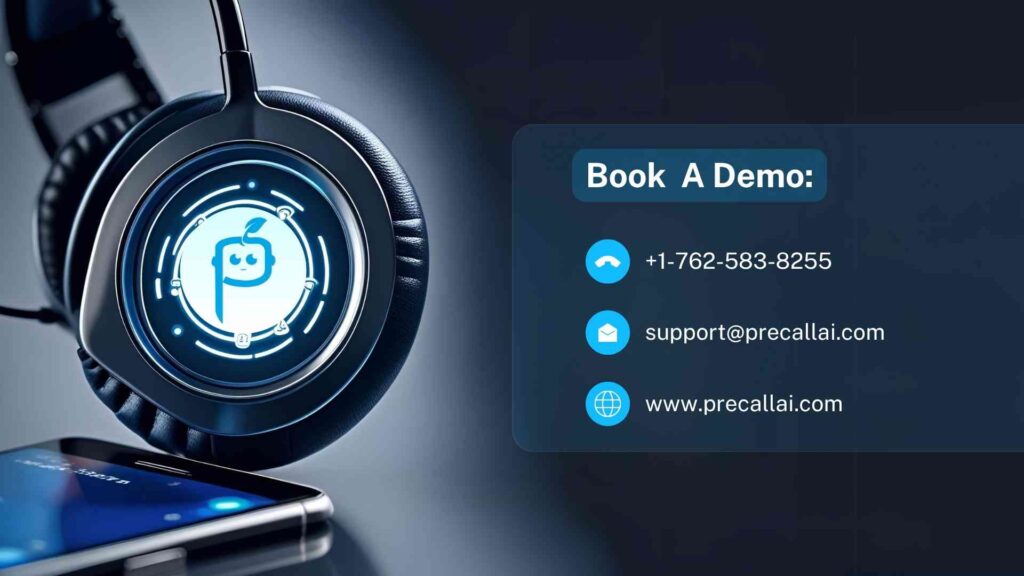
Hybrid quantum-classical models represents a revolutionary leap in audio technology. The potential for ultra-fast response generation will transform user experiences. Industries, from healthcare to entertainment, will benefit significantly, investing in hybrid quantum-classical models technology positions organizations for future success. The question isn’t whether this technology will emerge, but how quickly it will reshape voice interactions. Early adoption will provide substantial competitive advantages across multiple sectors.


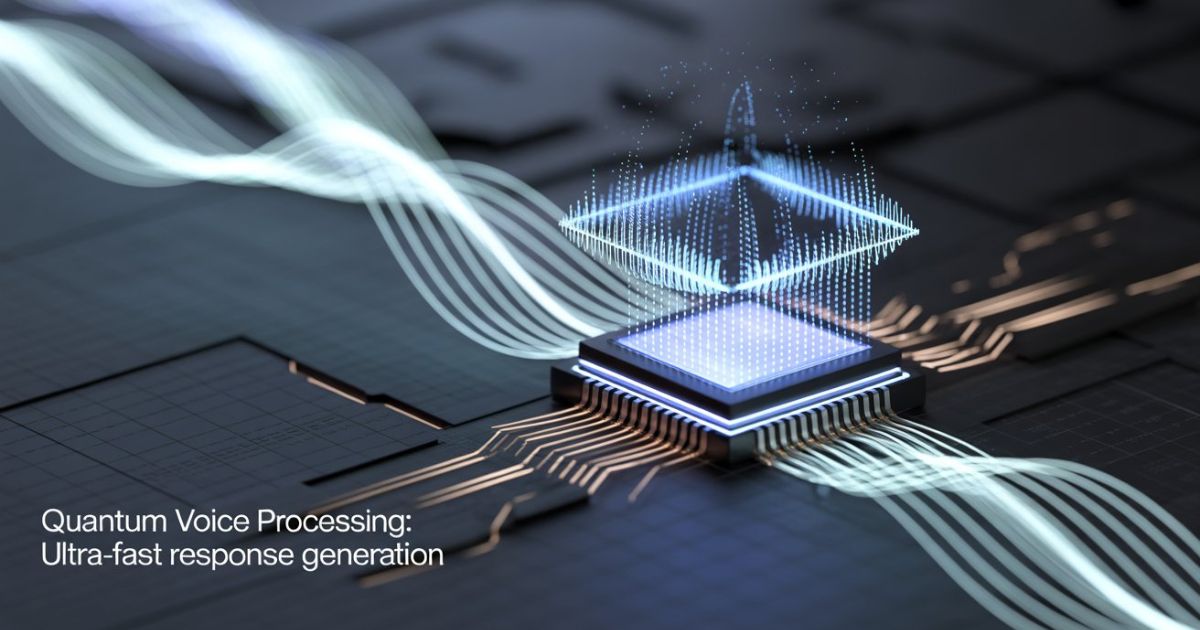
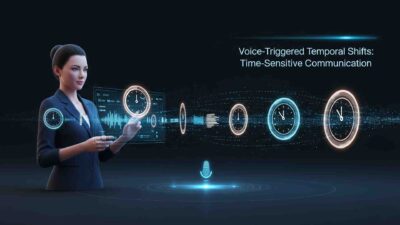
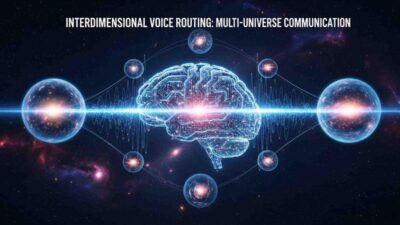
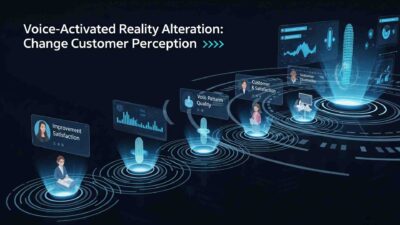
[…] Read More: Quantum Voice Processing: Ultra-Fast Response Generation […]
[…] Read More: Quantum Voice Processing: Ultra-Fast Response Generation […]